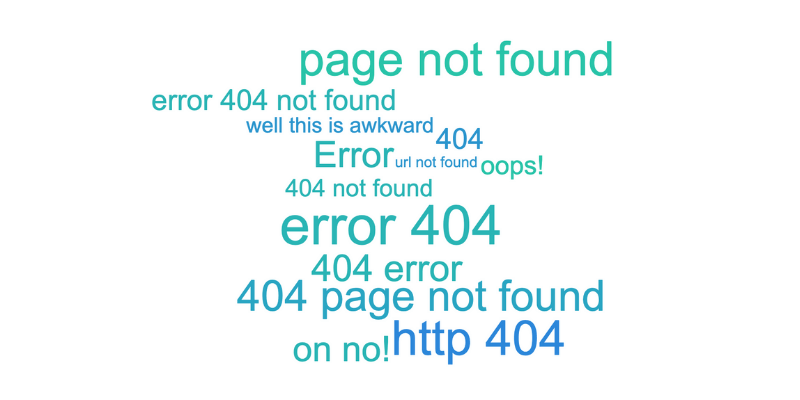Short Answer
A 404 error is simply an error code telling you that the page you’re looking for can’t be reached.
It’s just like when you call an invalid number and you get a message something like, “We’re sorry, the number you have dialed is no longer in service…” or when you get a piece of mail back saying “Return To Sender” because the address you sent it to is actually in the middle of the Pacific Ocean.
It’s possible that you mistyped part of the URL, that page has been moved to a new URL, or that the page no longer exists.
To find the page you’re looking for, take the following steps:
- Check the URL for typos
- If the site has a search function, search the site for the page you’re looking for
- Try Googling the page, as Google may know where the page is
- Give up and cry in a corner since the information you’re looking for is lost forever
Long Answer
A 404 error code is an HTTP status code. It doesn’t mean that the site you’re looking for doesn’t exist, it just means that the page you’re looking for isn’t found at that URL.
You know you’ve found a 404 error when the site shows you something along the lines of:
- Page not found
- Error 404 not found
- 404 error
- Oh no!
- Oops!
- Well, this is awkward…
Although 404 errors are generally something that websites try to avoid as it is frustrating to visitors, some brands use 404 error pages to help build their brand, be helpful, or just make the experience less frustrating.
404 errors are, by nature, mistakes, and websites can generally decrease the amount of their site visitors running into 404s by making sure to update links when a page is moved or deleted.
If you’ve gone through the steps above in the short answer section to try to find the page you’re looking for and none of them worked, you can always try to contact the business or non-profit running the site to let them know! If you found a 404, it’s possible that others are too and you can do them a nice favor!

